Ancient art and archaeological remains have provided archaeologists and historians today with clues to how the ancients practiced their sexuality and their overall attitude toward sex. To the causal observer, it seems the ancients were more open about their sexuality then we are today. In ancient Rome there were artworks in living rooms or studies depicting erotic images of lovers performing various sexual acts and in ancient Mesopotamia mass-produced terracotta plagues would show couples having sex.
The Secret Cabinet
For the Romans, sex was a part of their everyday lives, state affairs, religious rites, myths, even warfare, and featured prominently in their art. One of the most famous collections of erotic art from Roman culture is the artwork featured in the secret cabinet (gabinetto segreto). The secret cabinet collection is now part of the Naples National Archaeological Museum. It is said when King Francis I of Naples visited with his wife and daughter in 1819 he was so shocked by the contents of the collection he had them locked away. A brick wall was even built over the doorway to keep the scenes from corrupting people.
The following are a few select images of the artwork and artifacts found in the secret cabinet collection.
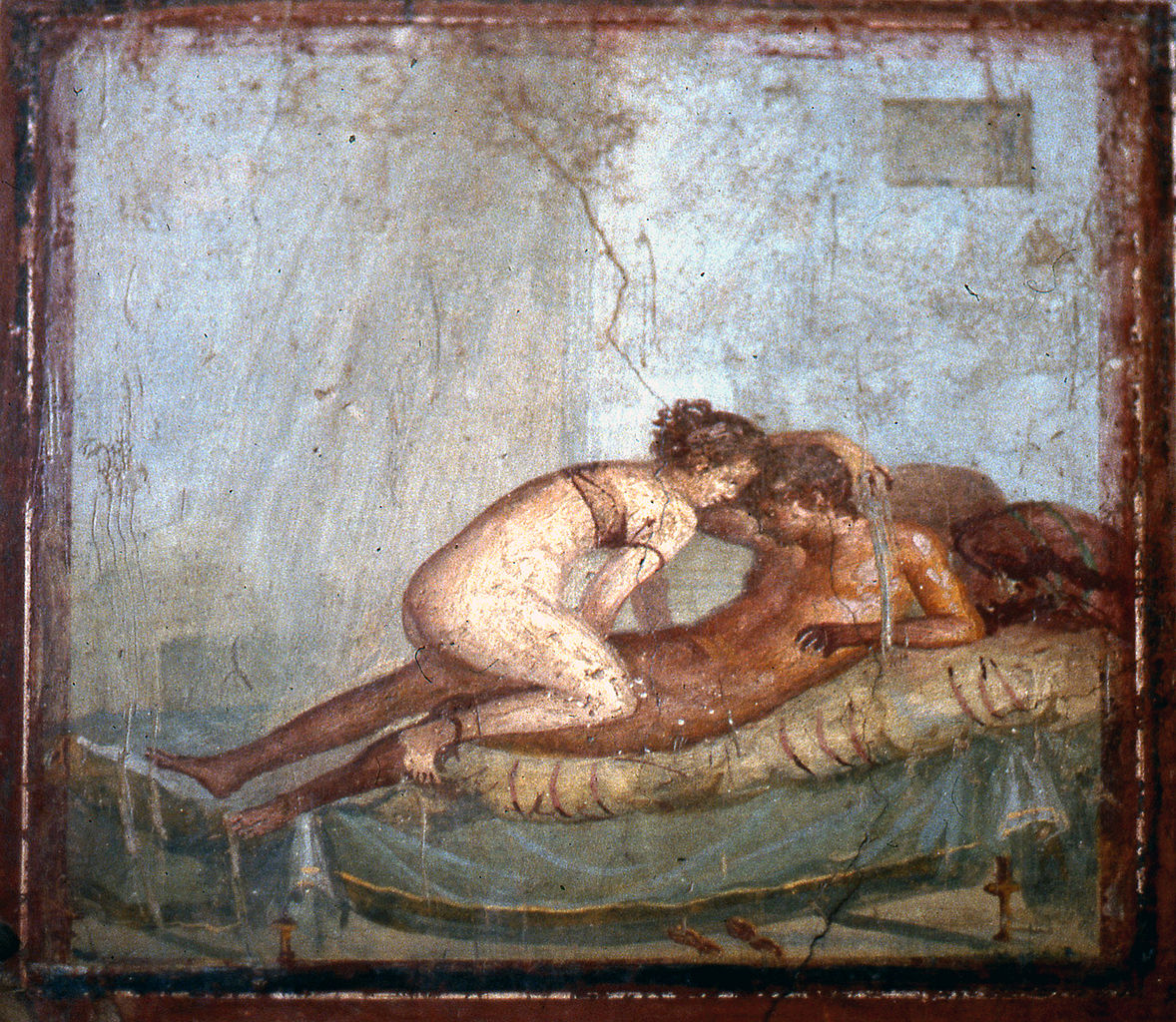
This Roman fresco shows the act of making love. It was found in the bedroom (cubiculum) of the Casa del Centenario (IX 8,3) in Pompeii. 1st Century CE. Photo © Heinrich Stürzl.
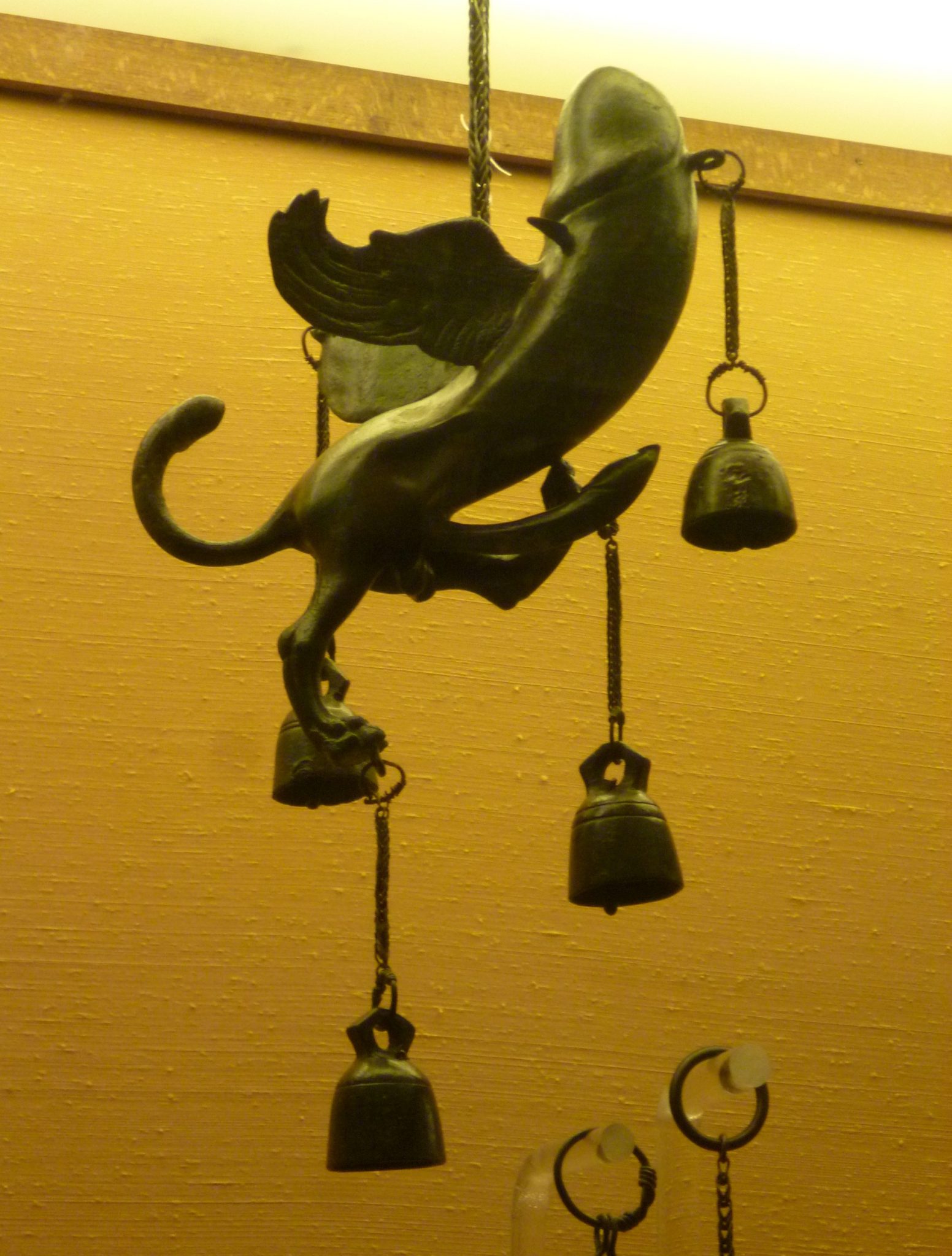
Bronze ‘flying phallus’ amulet, 1st BCE. It would be hung outside a house or shop doorway to ward off evil spirits. National Archaeological Museum, Naples. Photo © Kim Traynor.

Pan copulating with goat, one of the best known objects in the Naples Museum collection. Photo © Kim Traynor.
Mesopotamian Sexuality & Artwork
In Mesopotamia, sex was just another aspect of life and there was no shyness, or taboo involved in it. While sex was a part of one’s personal life there were also a couple of, what we would consider, odd customs observed. For example, there was the marriage market, where women were auctioned off as brides, and a particular form of sacred prostitution. Each woman had to perform this type of prostitution at least once in her life and it involved sitting outside the temple of Ishtar (Inanna) and agreeing to have sex with the person who chose her. Herodotus explains this particular custom was meant to ensure the fertility and continued prosperity of the community although his interpretation, and whether this practice even existed as he described it, have been challenged.
The following images are a few select examples displaying how sex was portrayed in Mesopotamian art.

This round pottery plaque depicts various human daily activities. In the middle, a man and a woman are having sex, and on the left, a standing woman holds a young child on her shoulders. Hellenistic Period, 323-30 BCE. From Mesopotamia, modern-day Iraq. The Sulaimaniya Museum, Iraq. Photo © Osama S.M Amin.
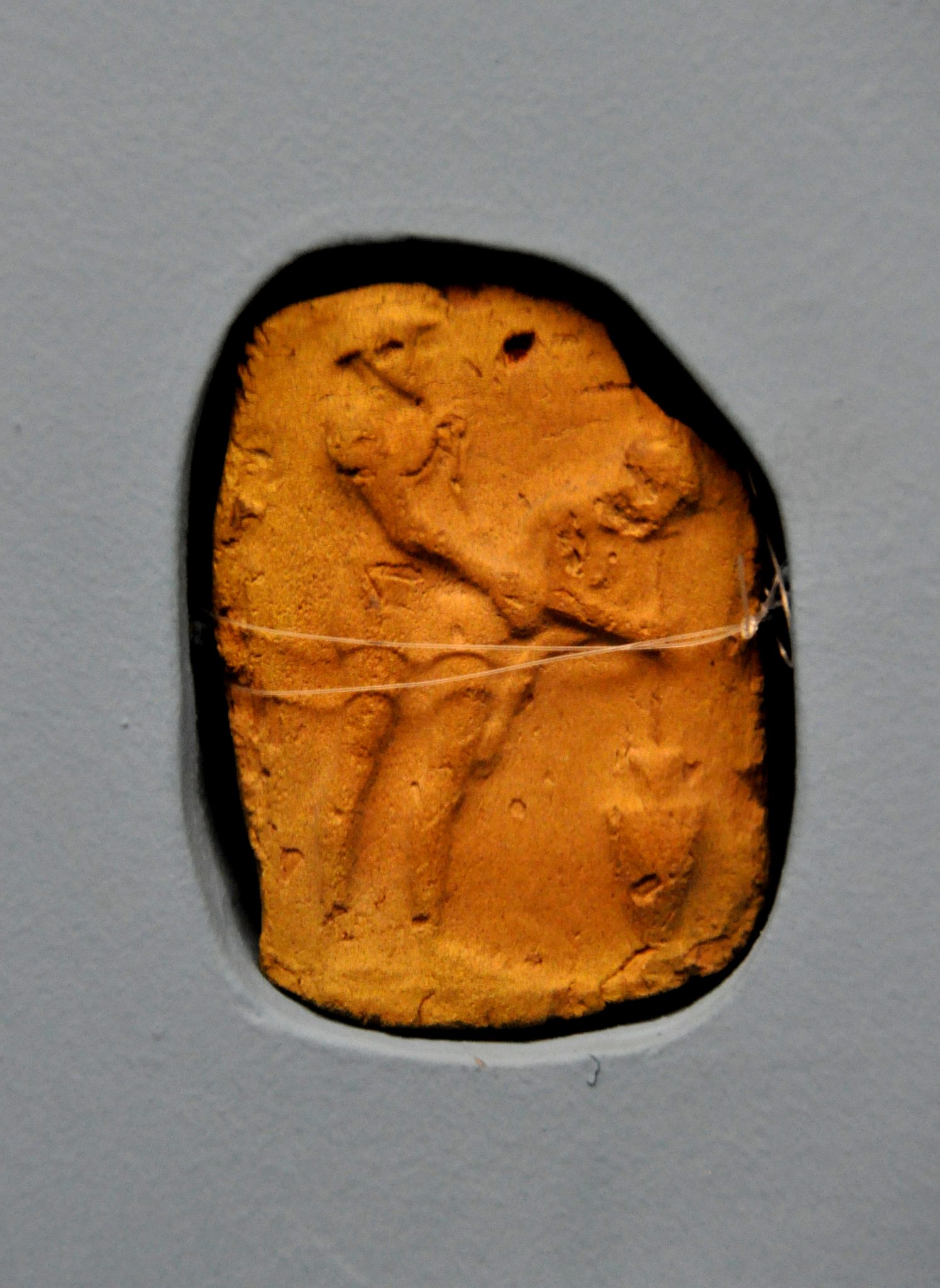
This terracotta plaque dates back to the old Babylonian period. It depicts a male and female having sex while the woman drinks a fluid (beer?) from a jar through a straw. Such scenes were mass-produced in southern Mesopotamia, during the old Babylonian era. The precise idea behind producing these erotic scenes is unknown but there may well have been a religious purpose. 2000-1500 BCE, from southern Mesopotamia, Iraq. Istanbul Archeaological Museums/ Ancient Orient Museum, Istanbul, Turkey. Photo © Osama S.M Amin.
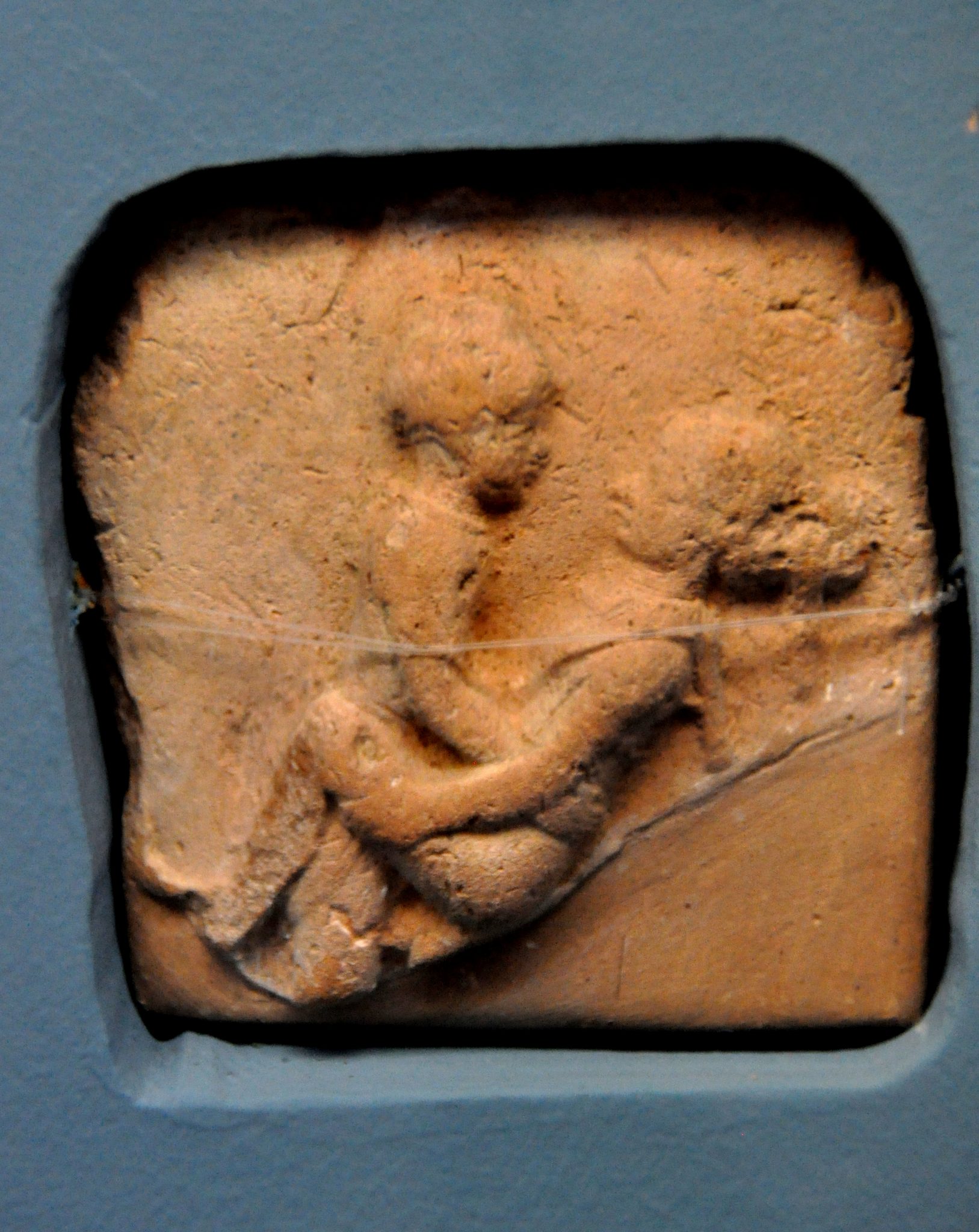
This terracotta plaque dates back to the old Babylonian period. It depicts a male and female having sex in a missionary position. Such scenes were mass-produced in southern Mesopotamia during the old Babylonian era. The precise idea behind producing these erotic scenes is unknown but there may well been a religious purpose. However, they absolutely reflect the private aspect of people’s lives during this period. 2000-1500 BCE, from southern Mesopotamia, Iraq. Istanbul Archaeological Museums/ Ancient Orient Museum, Istanbul, Turkey. Photo © Osama S.M Amin.
Other Artworks and Artifacts
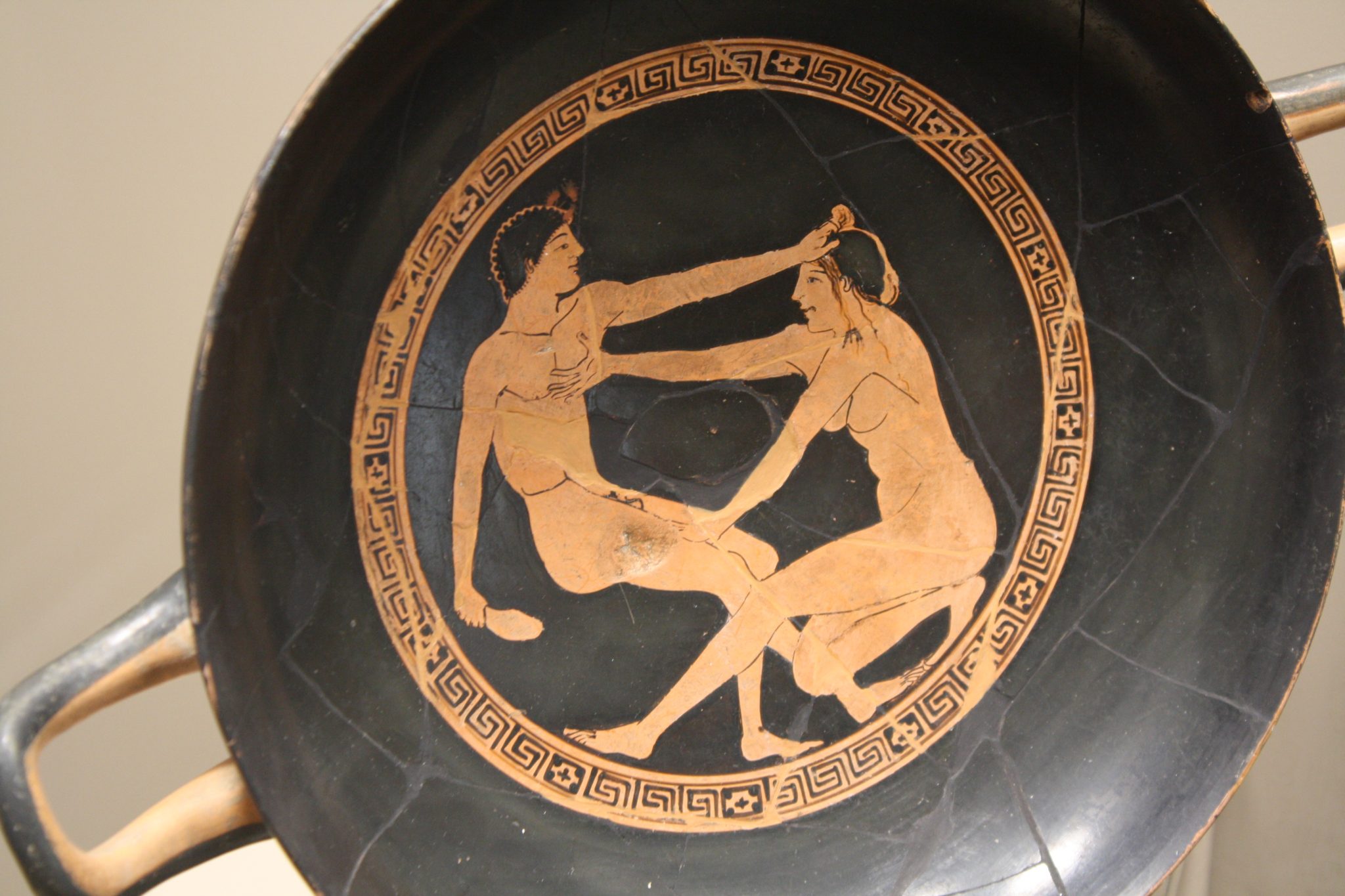
Attic ceramic kylix or drinking cup (490-480 BCE) depicting an erotic scene. The male holds a sandal, often used as an instrument for stimulation in erotic games. (Archaeological Museum, Milan). Photo © Mark Cartwright.
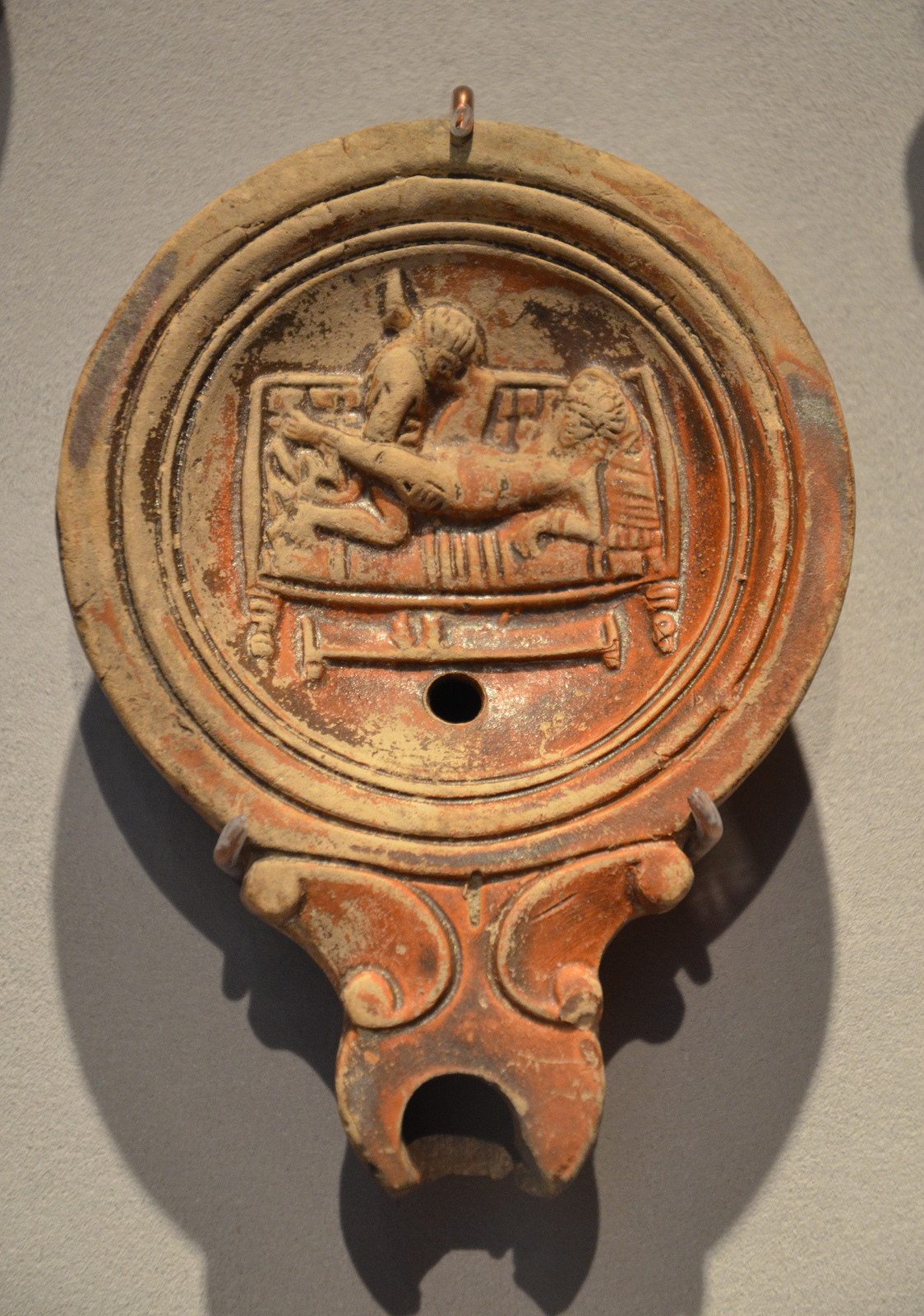
Roman oil lamp with erotic motif, 1st – 3rd century CE. (Altes Museum, Berlin). Photo © Carole Raddato.


